Keeping your landscape adequately hydrated is crucial, especially during hot weather conditions when plants are more susceptible to dehydration. To maintain the health and beauty of your garden, it is essential to understand the importance of irrigation and implement smart watering practices.
But first, what is irrigation? In simple terms, irrigation refers to the process of supplying water to plants or agricultural crops in a controlled manner. It involves delivering water directly to the root zone, ensuring that plants receive the necessary moisture for growth, regardless of rainfall patterns or natural water availability.
In hot weather, the need for effective irrigation becomes even more vital, high temperatures and increased evaporation rates can quickly deplete soil moisture, leading to plant stress, wilting, and potential damage. Understanding the principles of smart irrigation and adopting appropriate techniques, can mitigate these challenges and provide optimal hydration to your landscape.
Understanding the Water Needs of Your Landscape
To effectively hydrate your landscape, consider factors like plant type, soil type, sun exposure, and growth stage. Different plants have varying water requirements, while sandy soils drain faster than clay soils. Direct sunlight and windy areas may increase water needs due to higher evaporation rates.
Providing the right amount of water is crucial. Overwatering leads to waterlogged soil and root rot, while underwatering causes stress and wilting. Determine water needs based on plant requirements, weather conditions, and soil moisture retention. Consult guides or experts for a suitable watering schedule.
Recognizing signs of dehydration is important. Look for drooping leaves, yellowing or browning foliage, and dry soil. Regularly monitor plants and adjust irrigation to prevent further stress.
Understanding your landscape’s water needs sets the stage for effective irrigation.
Consider influencing factors, determine the ideal water amount, and recognize signs of dehydration to maintain a thriving and well-hydrated landscape.
Planning and Designing an Efficient Irrigation System
Assess your existing irrigation system for efficiency and functionality. Look for leaks, clogs, and malfunctions that hinder water distribution. Evaluate if it meets your landscape’s needs in terms of coverage, water pressure, and distribution uniformity.
Consider the efficiency of different watering methods. Traditional sprinkler systems lose water through evaporation and wind drift, while drip irrigation minimizes water loss by targeting the root zone. Choose the method that aligns with your landscape’s requirements and conservation goals.
Ensure proper water distribution and coverage. Evaluate if your current system adequately covers all areas, adjusting sprinkler heads or adding new ones if needed. Minimize overspray onto non-plant areas.
Optimize your irrigation system using technology. Install weather-based controllers that adjust watering schedules based on local conditions. Soil moisture sensors provide real-time data for precise irrigation timing. Embracing smart irrigation technologies streamlines practices and conserves water.
Efficiently planning and designing your irrigation system ensures proper hydration with minimal waste. Assess your system, choose the right watering method, ensure even distribution, and leverage technology for a tailored solution that meets your landscape’s needs.
Water Conservation Strategies
Mulching conserves water by minimizing evaporation and maintaining soil moisture. Apply organic mulch around plants to regulate temperature, suppress weeds, and reduce evaporation. It improves soil structure, nutrient retention, and plant health.
Time your irrigation wisely to conserve water. Water during cooler hours, like early morning or late evening, to maximize absorption and minimize evaporation. Avoid midday watering when evaporation rates are high.
Adjust irrigation frequency based on weather and plant conditions. Increase watering during heatwaves and droughts, and decrease or skip irrigation when rainfall is sufficient.
Collecting rainwater is an eco-friendly solution. Install rain barrels or a collection system to store rainfall for irrigation during dry periods, reducing reliance on municipal water.
Monitoring and Maintenance
Regularly inspect your irrigation system to maintain proper functioning. Check for leaks, damaged heads, and wear and tear. Make necessary adjustments or repairs to ensure efficient water distribution and prevent water waste.
Leaks and clogs waste water and disrupt even watering. Inspect pipes, connections, and valves for leaks. Clear clogs in sprinkler heads or emitters. Repair or replace damaged components promptly for optimal system performance.
Maintain soil moisture sensors and weather-based controllers if present. Clean and calibrate sensors regularly for accurate readings. Adjust settings to match current weather conditions. Regular maintenance maximizes irrigation system efficiency.
Monitor plant health closely. Observe growth, foliage color, and signs of stress. Adjust irrigation accordingly. If overwatering signs occur, reduce frequency or duration. If dehydration is evident, consider increasing irrigation.
Additional Tips for Hot Weather Irrigation
Here are some additional tips specifically for hot weather irrigation:
- Importance of deep watering to promote deep root growth
- Encourage deep root development by watering slowly and deeply.
- Deep watering promotes plant resilience to drought conditions.
- Adjusting irrigation schedules during heatwaves and drought conditions
- Increase the frequency and duration of watering during extreme heatwaves.
- Consider the water demand caused by elevated temperatures and limited rainfall.
- Be mindful of water restrictions and prioritize efficient water usage.
- Using shade and windbreaks to reduce water loss and evaporation
- Incorporate shade structures, trees, or shade cloth to provide relief from direct sunlight.
- Create windbreaks to reduce wind evaporation and conserve moisture.
- Watering during cooler parts of the day to minimize water loss
- Water early in the morning or late in the evening to minimize evaporation.
- Avoid midday watering when temperatures are at their peak.
Conclusion
Keeping your landscape properly hydrated during hot weather is crucial for the health and vitality of your plants. By implementing smart irrigation practices, you can ensure efficient water usage while promoting optimal growth and resilience.
Remember, a well-maintained and properly irrigated landscape not only enhances the beauty of your outdoor spaces but also provides a sanctuary for nature to flourish. So, prioritize landscape hydration, implement these smart irrigation tips, and enjoy a healthy and thriving garden even in the hottest of weather.

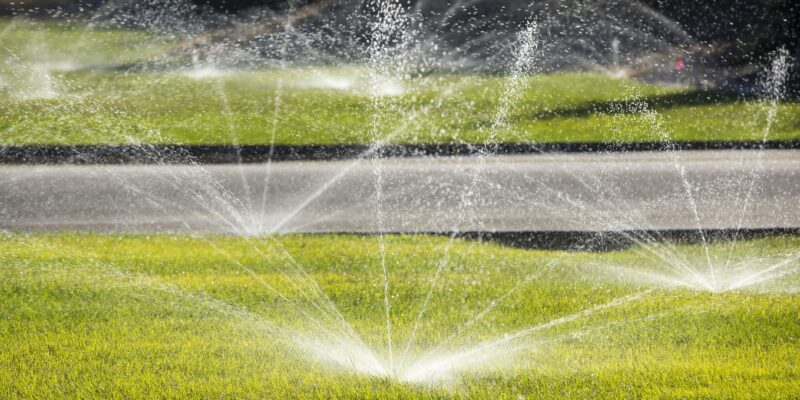


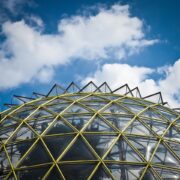


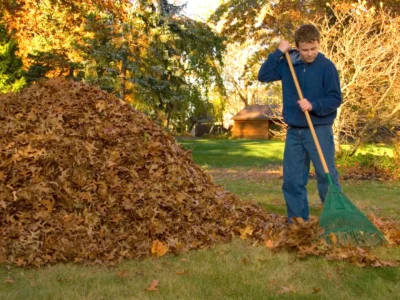

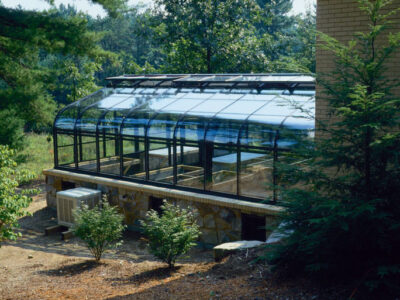

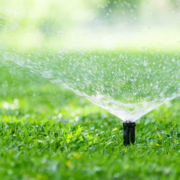

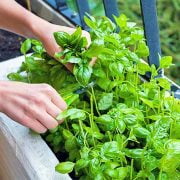
Comments